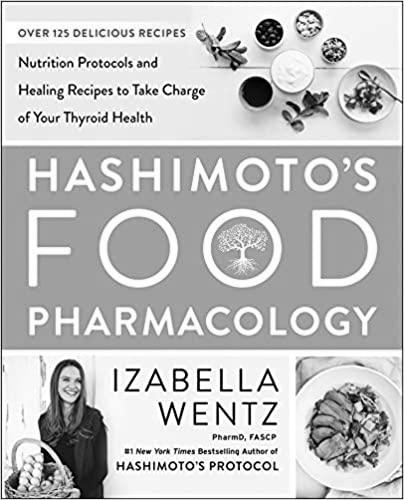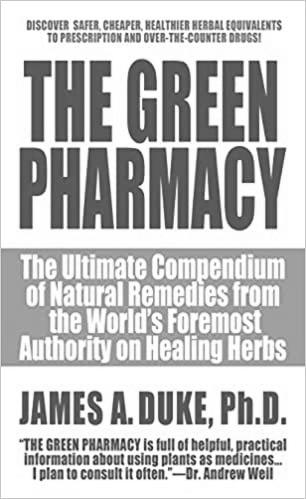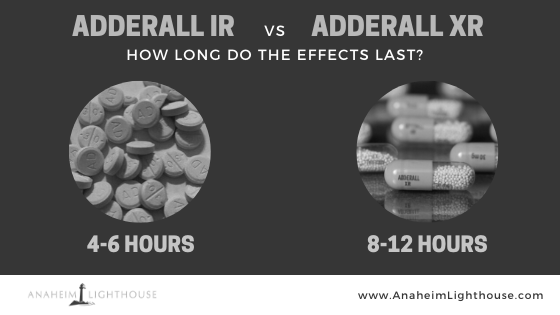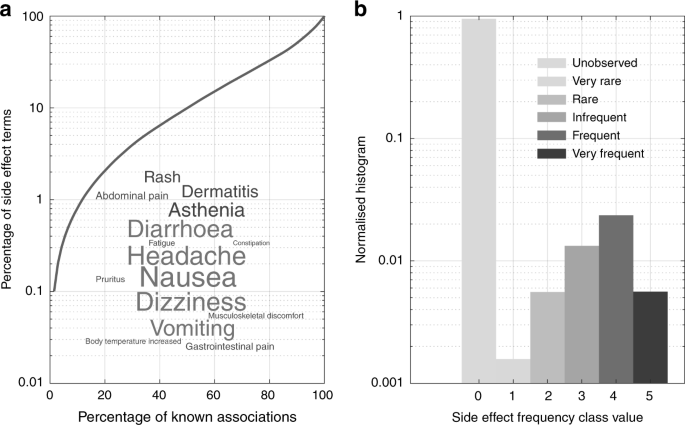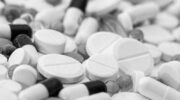Food pharmacology is the study of the health effects of foods. The study of food pharmacology involves the study of the synergistic effects of various foods and the effect of foods on the absorption of different drugs. It also focuses on the health benefits of functional foods.
Synergistic effect
A synergistic effect in food pharmacological studies refers to a combination of multiple food ingredients that have a non-random effect on each other. It is much different than the effect of one single food. In isolation, a single nutrient may have no effect on another, or in rare cases it may have harmful effects. However, when multiple foods are consumed together, the synergistic effect is greatly enhanced and may even cure chronic diseases.
In drug studies, the search for synergy often involves drugs with multiple complex mechanisms of action. Therefore, methodologies should be developed that do not depend on knowledge of the mechanisms of action of the individual drugs. The Bliss Independence model is a common choice for assessing the combined effects of different drugs, but it has many limitations. For example, it relies on exponential dose-effect curves, which can lead to a counterintuitive interpretation. Also, it only works when the probabilities of a drug’s effect on another drug are between zero and one.
Effect of food on drug absorption
The effect of food on drug absorption is dependent on the formulation of the drug. However, food may affect the rate and extent of absorption. This study compared the effects of different types of food on drug absorption in humans. Its results are summarized in Table 2. Fig. 1: The effects of food on drug absorption.
Food can reduce the amount of a drug absorbed by altering the gastrointestinal pH. It may also increase or decrease splanchnic blood flow. The food can also interact physically with the drug, affecting its permeability and transmural distribution. The interaction between drug and food depends on the type of food and the time interval between food and drug administration.
The accuracy of the predictions depended on the type of food. Positive food effects were predicted with 97% accuracy, while negative food effects were predicted at 79% accuracy. In the case of neutral food effects, the accuracy decreased to 68%. This study provides useful information for the development of new drugs.
The continuous intestinal model is a useful tool to study the effect of food on drug absorption in humans. It incorporates complex physiological processes such as feeding time and drug dosage to provide an accurate prediction of oral drug absorption in humans. In addition, the model predicts drug permeability and solubility, as well as tissue surface area. Furthermore, the continuous intestinal model includes a comprehensive model of food’s effect on drug absorption in humans.
The pharmacokinetics of oral antineoplastic drugs can be affected by the type of food a patient consumes. It can increase or decrease the blood levels of a drug and may affect its tolerability. It is therefore important to study food’s effect on drug absorption in humans.
Food is one of the most important factors affecting drug absorption. Food affects drug metabolism and the activity of enzymes involved in drug metabolism. Grapefruit juice, for example, is a known cytochrome P450 3A4 inhibitor that can decrease drug absorption. Food-induced luminal changes in the GI tract may also affect drug absorption.
Health benefits of functional foods
Functional foods are foods that are rich in essential nutrients and have specific physiological benefits. They contain antioxidants and other compounds that help the body neutralize free radicals and prevent chronic disease. These compounds include omega 3 fatty acids, which reduce inflammation and promote healthy heart and brain function. These foods also contain dietary fibre, B vitamins, riboflavin, thiamin, and trace minerals.
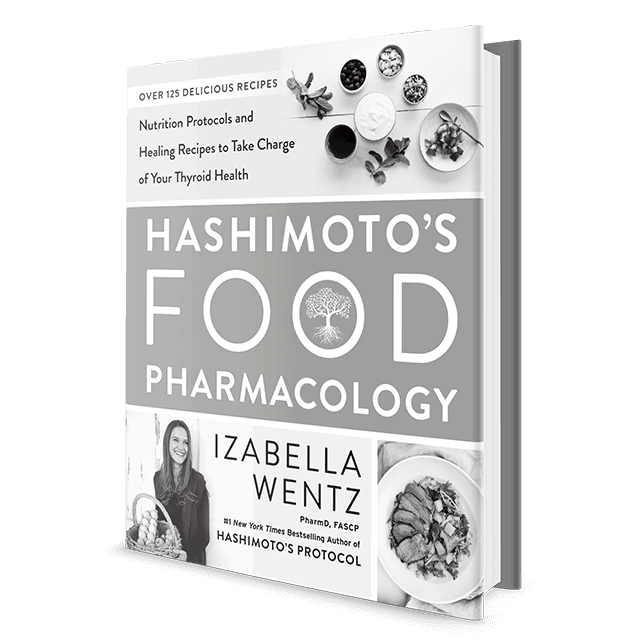
Functional foods have been used for centuries to improve health and reduce disease, and today, we are using our understanding of health to improve our diets. While all food is functional in that it provides energy and nutrients, the term functional food suggests that it can provide benefits beyond mere survival. Food and nutrition science has evolved from identifying nutritional deficiencies and correcting them to designing foods that improve health and decrease the risk of chronic disease.
Research in food pharmacology is continuing to identify new functional foods. Advances can range from better understanding the role of traditional nutrients to discovering the potential of bioactive components. Further research on these compounds may reveal additional benefits. However, despite the growing number of functional foods, there is still a great need for further research to understand their biological mechanisms.
Functional foods provide many benefits for the body and reduce the burden on health care systems. They are often natural and organically produced foods that can help promote health, reduce the incidence of chronic disease, and enhance a person’s quality of life. Further research is needed to validate these foods as real medicines.
The importance of nutraceuticals has grown dramatically due to their potential to improve human health. These products provide beneficial effects without adverse side effects, and are becoming an alternative to modern medicines. In addition to their nutritional value, nutraceuticals also act against various diseases. For example, fortified foods such as cereals may improve fetal development. Folic acid intake has been linked to reduced rates of neural tube defects, which affect the brain, spinal cord, and spine.
While the FDA is evaluating diet supplements, they also have a role in regulating functional food claims. By defining functional foods as such, the FDA can give scientists more credibility and improve public health.
FDA guidance on food pharmacology
The Food and Drug Administration (FDA) has issued a draft guidance on the assessment of food-drug interactions. These interactions can have an impact on both safety and efficacy of a drug. In some cases, the co-administration of food and a drug may increase systemic exposure and increase efficacy, while in others, it may reduce absorption, leading to reduced efficacy. Consequently, assessing the potential interactions is essential to ensure the safety and efficacy of a drug in humans.
The FDA defines itself as the nation’s oldest consumer protection agency. Its origins go back to the U.S. Patent and Trademark Office in 1848. The Department of Agriculture, created in 1862, took on some of the duties of the Patent Office during chemical analyses of agricultural products. In 1906, the FDA was given regulatory functions and the Department of Agriculture ceased performing these functions.
The FDA has a variety of requirements for drug products. These requirements differ for new drugs, over-the-counter drugs, and generic drugs. New drugs, which are not derived from existing medications, are subject to the most stringent requirements. Over-the-counter drugs, on the other hand, are not subject to rigorous FDA requirements.
The FDA has published two guidance documents aimed at the pharmaceutical industry. These documents address food-drug interactions, penicillin cross-contamination, and the conduct of food effect studies. Further, these documents cover good manufacturing practices for oral drugs. A new document also addresses penicillin-cross-contamination in food.
This database contains guidance documents on food and drug compounding. It also includes USP monographs, which set standards for the manufacture and labeling of medications. These standards are cited in the federal Food, Drug and Cosmetic Act (FDCA) and state laws. The USP compounded preparation monographs are used by compounders.
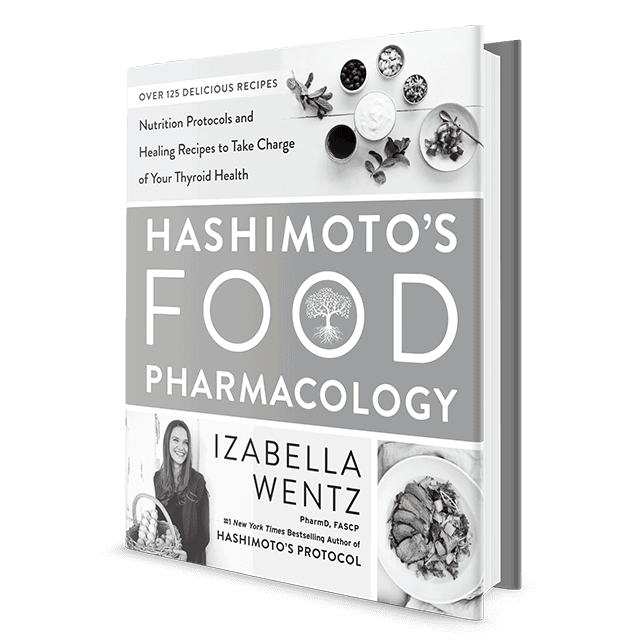
The MPH curriculum emphasizes the development of core skills and knowledge for practitioners in public health. The courses are taught by faculty from a range of disciplines, including pharmacy. They are intended to provide strong foundational skills for practice in public health and interprofessional settings. However, they don’t necessarily advance privileges to the next level.
Currently, privileges granted to pharmacists do not ascend to the level of their training
The role of pharmacists is changing, and their skills are no longer restricted to patient care. According to the CDC, pharmacists are now increasingly engaging in public health care extension activities, including the diagnosis of chronic diseases and immunizations. They are also providing health coaching, as well as HIV testing and screening.
Moreover, pharmacists are increasingly regarded as “medication experts” in Patient Centered Medical Homes and interdisciplinary care teams. As such, they must take on greater responsibility in managing and improving the use of medications for their patients throughout the entire care continuum. This includes the selection of medications, patient education, monitoring and modifying the drug therapy. By forming collaborative practice agreements, pharmacists can take on these increasingly important roles.
Partnerships between the professions are vital to improving population health. Partnerships should be strengthened and barriers removed, and pharmacists should be more fully integrated into disease surveillance and community health needs assessments. They should also be more aggressive in pursuing opportunities for contributing to population health. They should evaluate their contributions and publicly report their results.
The P&T Committee is a group of pharmacists and physicians that oversees the use of medications in a health-system. The P&T Committee develops policy guidelines for medication use and oversees the formulary, a list of institutionally-approved medications. In addition, the committee also supervises the credentials of pharmacists employed by the health-system.
Clinical pharmacists work directly with physicians, health care providers, and patients to provide medication-related advice. Their training in patient care and professional relationships allows them to develop specific knowledge and tailor advice to patients. They often practice in hospitals, physicians’ offices, nursing homes, and managed care organizations.
Benefits of a masters in public health for a pharmacist
A Master of Public Health (MPH) degree in pharmacy can be a valuable addition to your professional resume. It will give you the skills and knowledge to influence health policies and practices. The MPH program will also provide you with the knowledge to contribute to prevention activities. You can also work with screening programs to improve early interventions for chronic diseases. Public Health pharmacists can work in many agencies, including the Centers for Disease Control and the Environmental Protection Agency.
The demand for public health services is growing faster than the number of public health workers. This creates a unique opportunity for pharmacists to contribute to these efforts. In rural areas, pharmacists can lead public health activities. In one rural state, a master’s in public health program was designed for pharmacists to expand their public health skills. The program covers core public health courses and specialty tracks, including emergency management, infectious disease management, and food safety. In addition, the program also focuses on gerontology and medical management and administration.
Public health and pharmacy should further develop their partnerships. The two fields can leverage their unique strengths and enhance health outcomes. For instance, pharmacists can improve the quality of preventive services and extend their reach. In addition, public health partners can provide the expertise and support needed by pharmacists to enhance preventive health services. In addition, the two organizations can share successful experiences.
Pharmacists are becoming increasingly important in public health. They are increasingly involved in the prevention and treatment of chronic diseases. As health care providers, pharmacists can play a crucial role in HIV testing, immunization, and health coaching programs. Additionally, they can contribute to antimicrobial stewardship programs.

Moreover, pharmacists are well-positioned to work in communities where health problems are most prevalent. For example, Project IMPACT studies have shown that pharmacists can improve health outcomes of populations in diverse communities. In addition, pharmacists can work with patients in remote regions.
As a pharmacist, further education can help you take an active role in public health. You can take an active role in addressing public health needs, planning system-level changes, and even providing incentives for public health activities.
Coursework to become a pharmacist
Coursework to become a pharmacist with specialized training in public health includes an understanding of the American health care system and the role of pharmacists in that system. Students will learn about the chain of command and the approval process for drugs. They will also learn about the social and environmental conditions in a community. In addition, students will gain knowledge in pharmaceutical marketing and health economics. Their courses will also teach them the complexities of public health, including the prevention of disease.
The PharmD/MPH dual degree is a unique program in which students gain knowledge in two fields – public health and pharmaceutical care. Both programs are intended to help students become effective leaders and practitioners, as well as researchers and educators. Graduates of the dual degree program will be prepared to take leadership positions in the pharmaceutical industry and in academia.
Students will first need to apply to a PharmD program, which is also known as a doctor of pharmacy degree. Many schools require a bachelor’s degree or the equivalent, and some may have specific pre-requisite classes that you must complete before you apply. Additionally, grades are a major consideration in admission to the program. Generally, students will need to have a GPA of at least 3.0. However, some schools may require higher GPAs in certain subjects, such as biology and chemistry. Applicants must also take an exam known as the PharmD entrance exam. The test is approximately one hundred and seventy minutes long, and most programs require a 40-50 percentile score.
Applicants to the PharmD program should also have a minimum of two years of experience in the pharmacy field. Upon completion, the program will allow students to specialize in one or more areas of public health. Some areas of specialization in the PharmD program include disease state management, infectious disease management, food safety, and gerontology.
Getting a masters in public health will help you become a better pharmacist. Pharmacists are essential members of the healthcare team, helping to ensure proper medication use is done safely and effectively. They also work closely with doctors, pharmaceutical companies, and the public to ensure that people take medications appropriately and safely.
Coursework to earn a masters in public health
The Coursework to Earn a Masters in Public Health for Pharmacists (MPH) program gives pharmacists the tools they need to work in public health. The program consists of core PharmD and MPH courses as well as clinical education. The dual degree program is perfect for pharmacists who wish to combine their public health and pharmacy skills. It can be completed in less time than earning two separate degrees.
MPH programs provide an interdisciplinary foundation in health care research and outcomes evaluation. In addition to core courses, students take specializations in public health, such as disease state management, emergency management, and infectious disease management. Other tracks include food safety, gerontology, and medical management and administration.
Many pharmacists choose to pursue a Masters degree in public health in order to work in the public health field. The need for trained pharmacists continues to increase and the field is increasingly becoming an interprofessional role. Today, pharmacists are expected to be more knowledgeable about the public health needs of the community they serve. This includes understanding the environmental conditions and social networks of their communities. With this training, pharmacists will have the tools to make a positive contribution to the community.
The Master’s degree in Public Health is a specialized degree that will prepare pharmacists for leadership roles in healthcare settings. The program requires a minimum of eight credits, with four required and one elective course. The courses for a Master’s program in public health for pharmacists are similar to those required for an MHA program.
Coursework to earn a Masters in Public Health for pharmacists is often completed after one year of study. Students must complete a Bachelor’s degree in pharmacy before they begin graduate studies. Generally, graduate students should have a GPA of 3.0 or higher in their undergraduate degrees. Graduate admissions are competitive and highly selective. Students must also have the necessary documentation to be considered for admission. A current resume and curriculum vitae are required.
